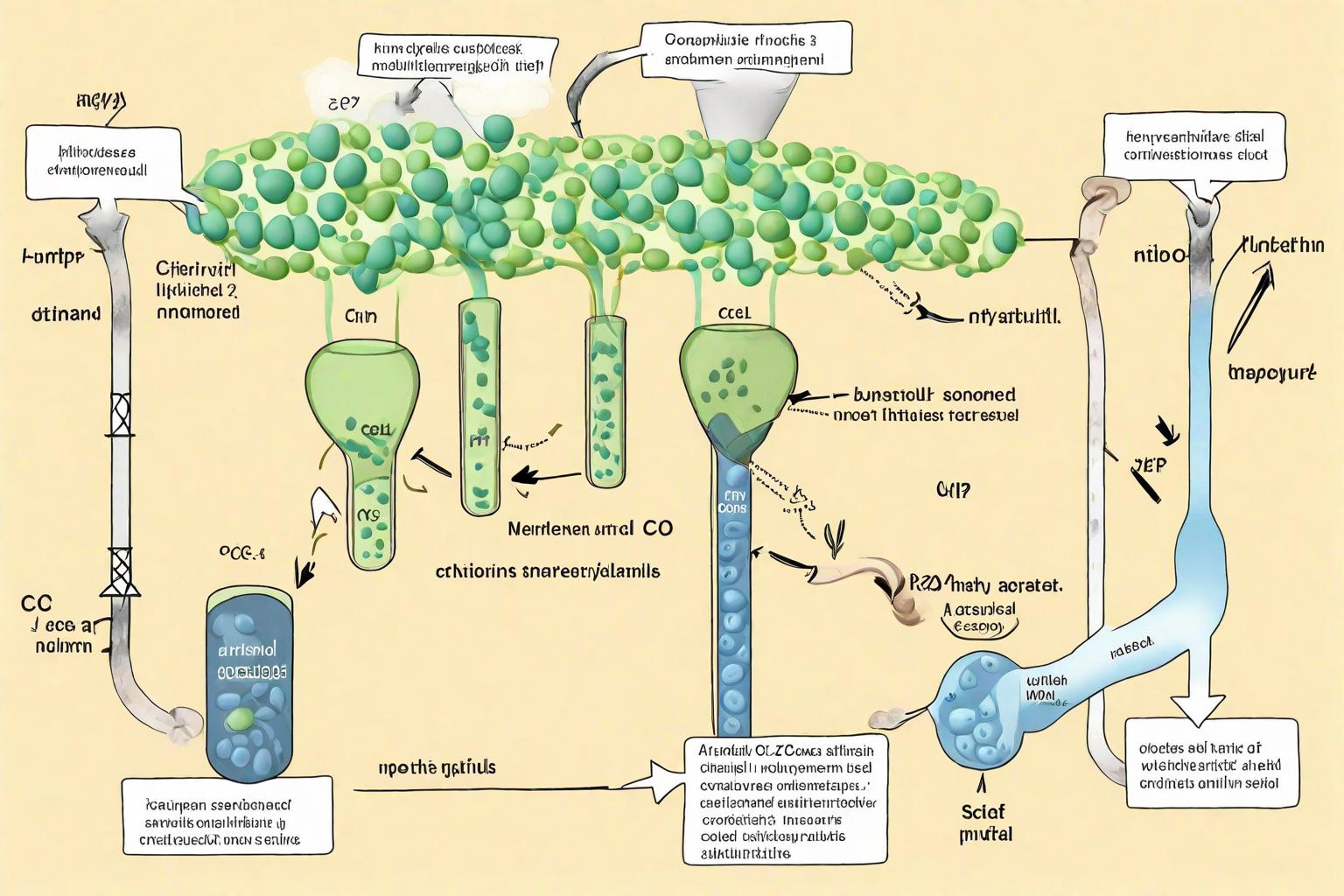Introduction:
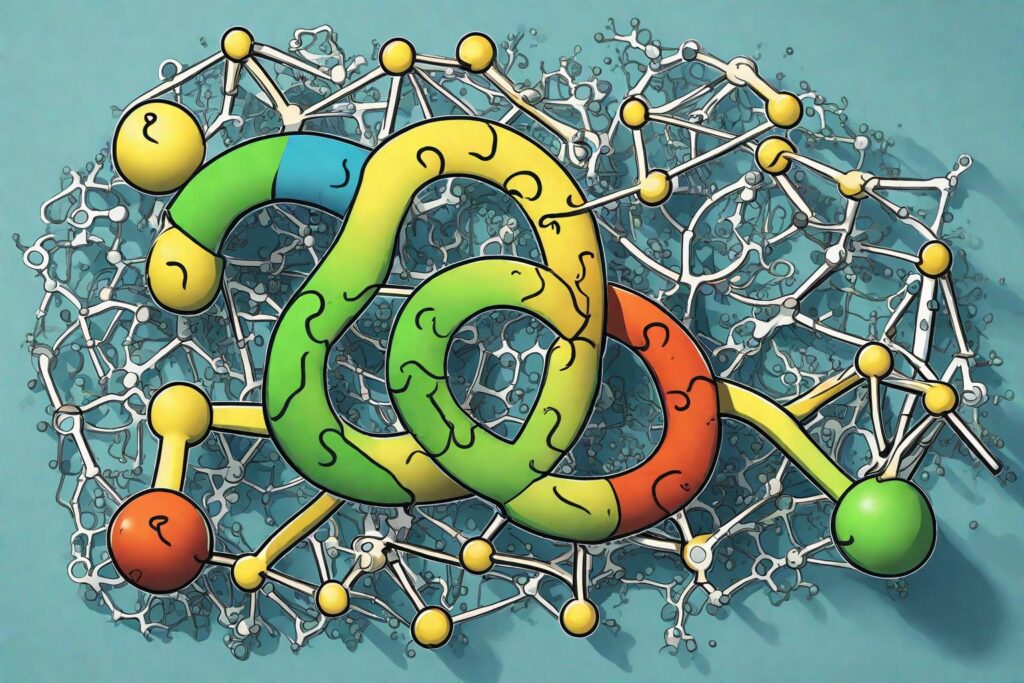
In the realm of plant biology, the C4 photosynthetic cycle represents a sophisticated adaptation that some plants use to more efficiently fix carbon in hot and dry environments. A frequent query among students and enthusiasts is: “How many atp and nadph are used in c4 cycle?” This article aims to elucidate this aspect of the C4 cycle, providing a clear, detailed, and user-friendly explanation that caters to academic and general interests.
Check this out also Agya chakra relates to which of the following koshas: A Comprehensive Guide(2024)
Table of Contents
What is the C4 Cycle?

Before delving into the specifics of ATP and NADPH utilization, it’s crucial to understand what the C4 cycle is. The C4 cycle is a carbon fixation pathway that some plants use as an adaptation to high light intensities, high temperatures, and dryness. It’s named ‘C4’ because the first product of carbon fixation is a four-carbon compound, as opposed to the three-carbon compound in the more common C3 pathway. Key to this process are two types of photosynthetic cells: the mesophyll and the bundle-sheath cells.
ATP and NADPH: The Energy Molecules
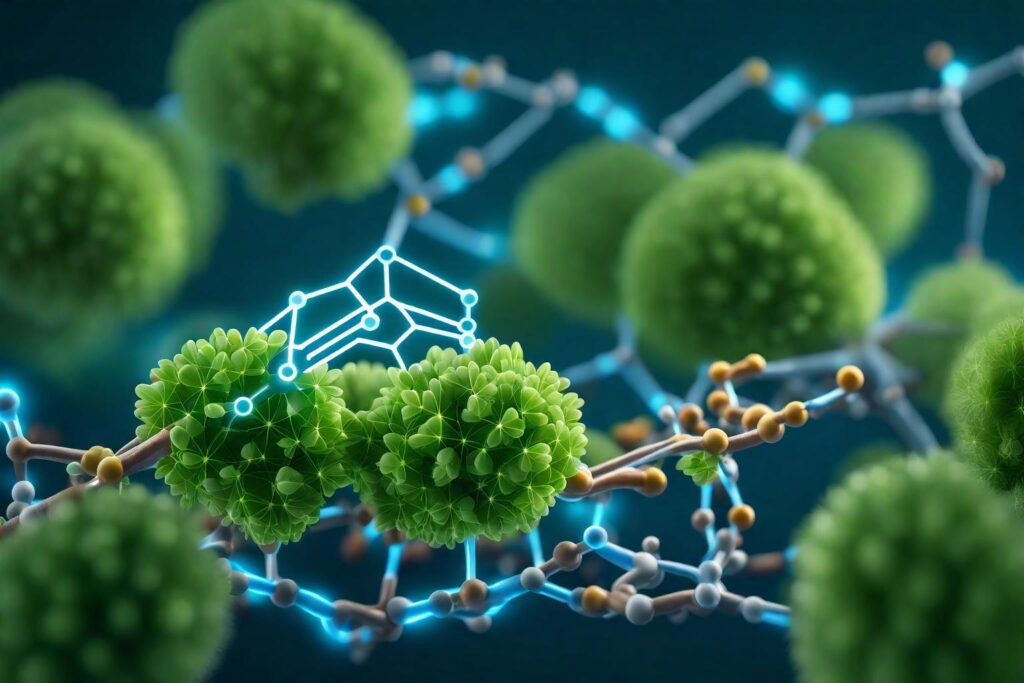
ATP (Adenosine Triphosphate) and NADPH (Nicotinamide Adenine Dinucleotide Phosphate) are essential molecules that serve as the energy currency in the photosynthetic process. ATP provides the energy, while NADPH supplies the reduced power needed for synthesizing carbohydrates.
The C4 Cycle: A Closer Look at ATP and NADPH Consumption
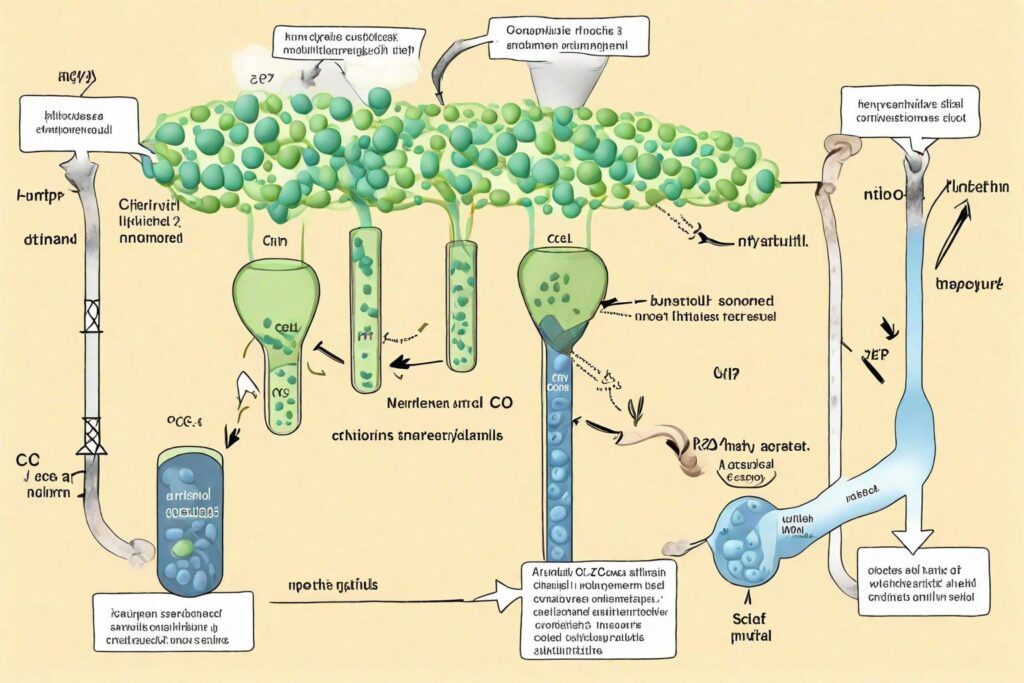
In the C4 cycle, the fixation of CO2 into a four-carbon compound occurs in the mesophyll cells. This compound is then transported to the bundle-sheath cells, where it releases CO2 for fixation in the Calvin cycle. The Calvin cycle is where ATP and NADPH are primarily used.
ATP Utilisation:
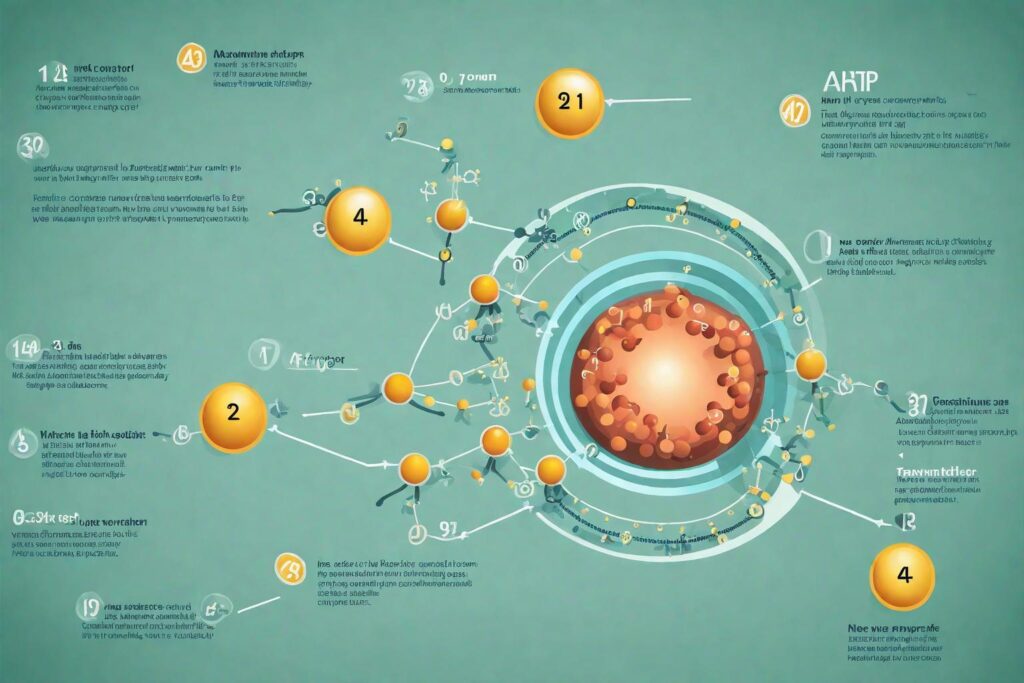
- In the initial stage of the C4 pathway, the enzyme PEP carboxylase fixes CO2 into a four-carbon compound. This step doesn’t require ATP.
- However, ATP is consumed in the regeneration of PEP (Phosphoenolpyruvate) in the mesophyll cells. Typically, 2 ATP molecules are used for each CO2 molecule that is fixed.
- Additionally, in the Calvin cycle (occurring in the bundle-sheath cells), 3 ATP molecules are used per CO2 molecule. This brings the total ATP usage to 5 ATP molecules per CO2 molecule fixed.
NADPH Utilisation:
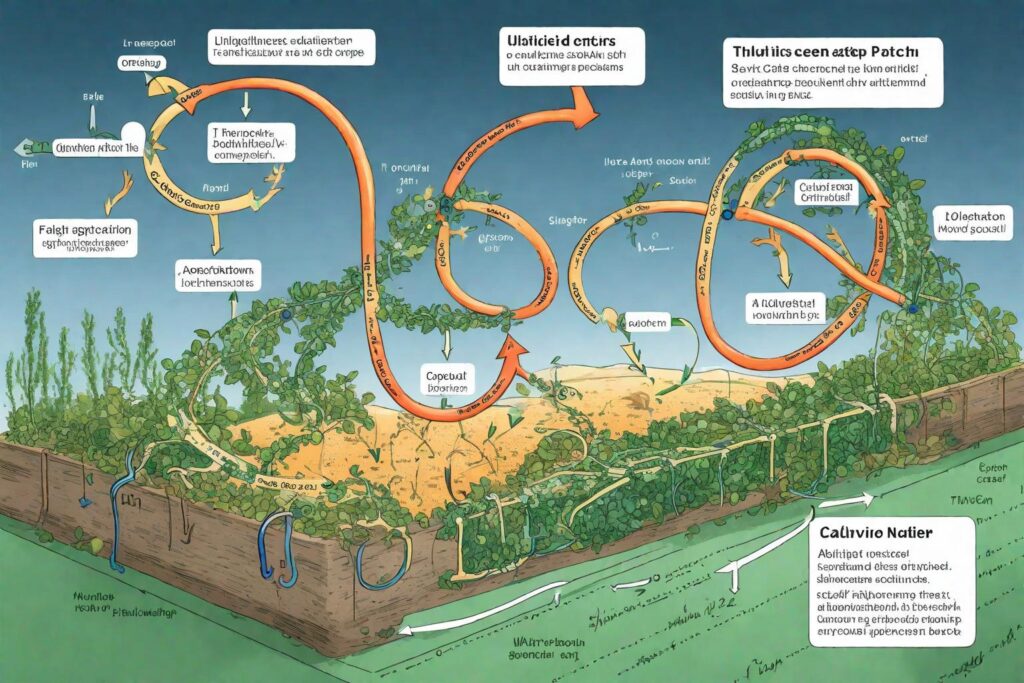
- The C4 cycle itself does not directly use NADPH.
- However, the Calvin cycle, which follows the C4 cycle, requires NADPH. Here, 2 NADPH molecules are consumed for each CO2 molecule fixed.
Summarising the Energy Use:
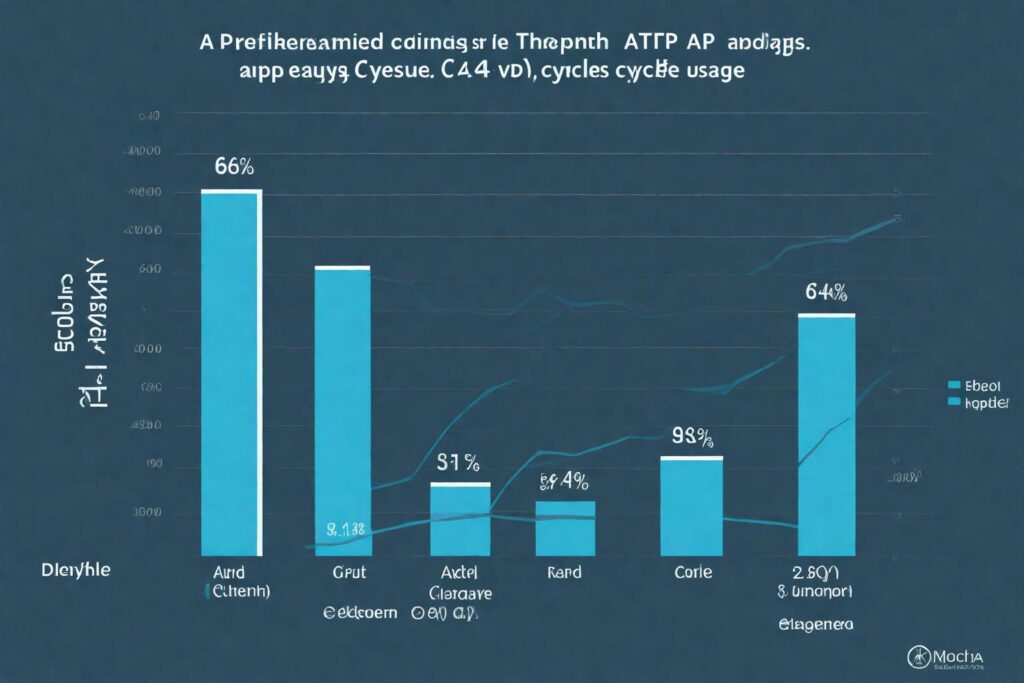
The C4 cycle combined with the Calvin cycle requires 5 ATP and 2 NADPH molecules per CO2 molecule fixed. This is more ATP than what is used in the C3 cycle (3 ATP), but the C4 cycle has the advantage of reducing photorespiration, making it more efficient under certain environmental conditions.
Conclusion:
The C4 photosynthetic cycle is an efficient mechanism evolved by certain plants to combat stressful environmental conditions. The requirement of 5 ATP and 2 NADPH molecules per CO2 molecule showcases the energy cost associated with this adaptation. Understanding these biochemical pathways not only fascinates the curious mind but also holds significant implications in fields such as crop improvement and climate change resilience.
Further Reading:
For those interested in exploring this topic further, academic texts on plant physiology and biochemistry provide comprehensive insights. Additionally, online resources and educational videos can offer more interactive ways to understand the C4 cycle and its significance in the broader context of plant biology and environmental adaptation.

